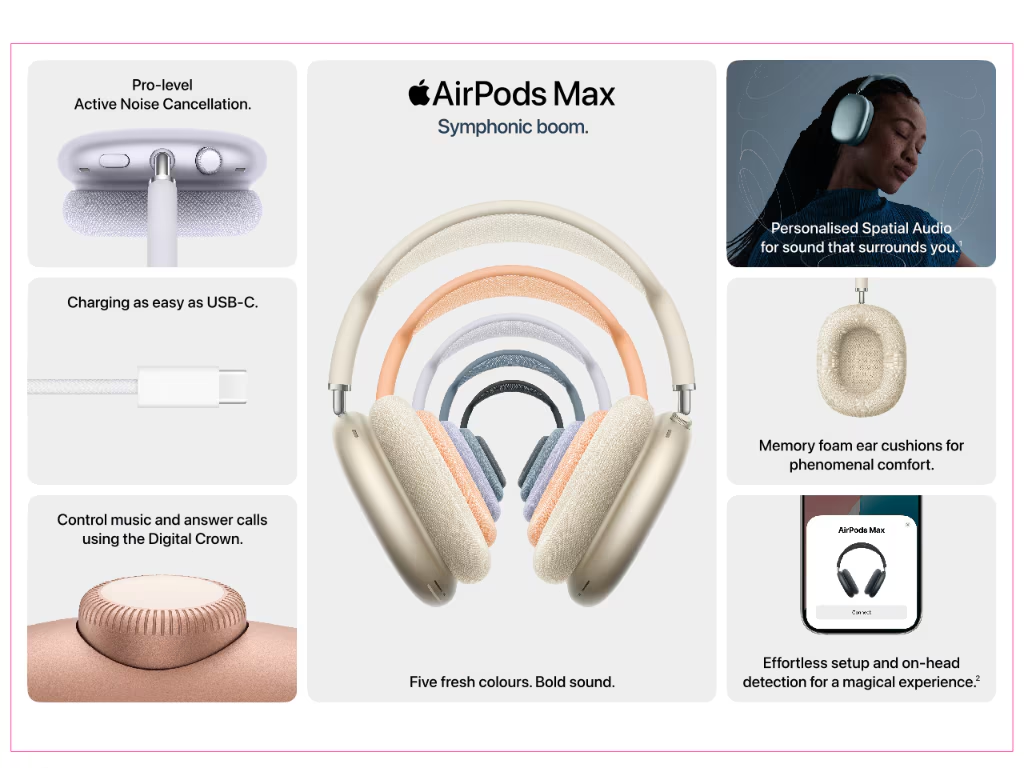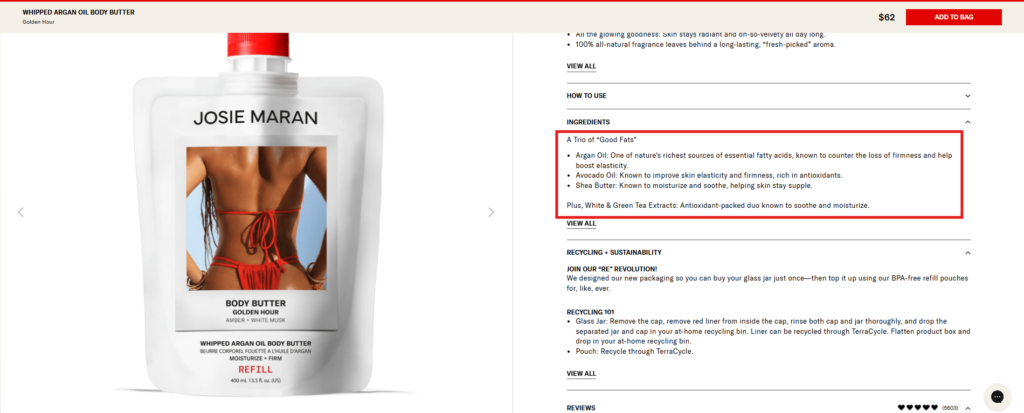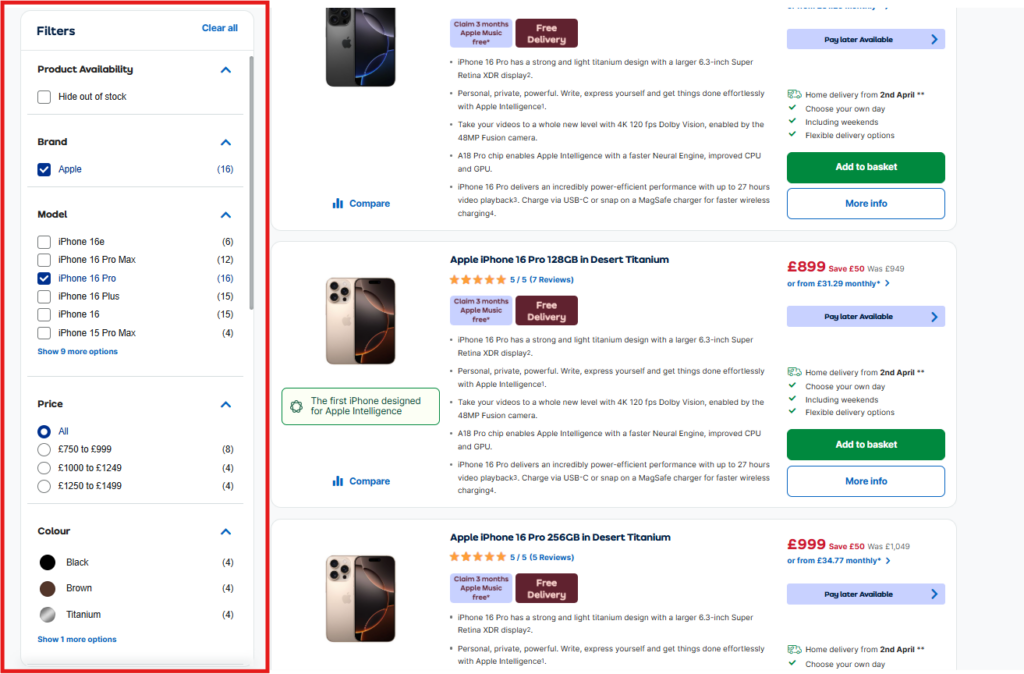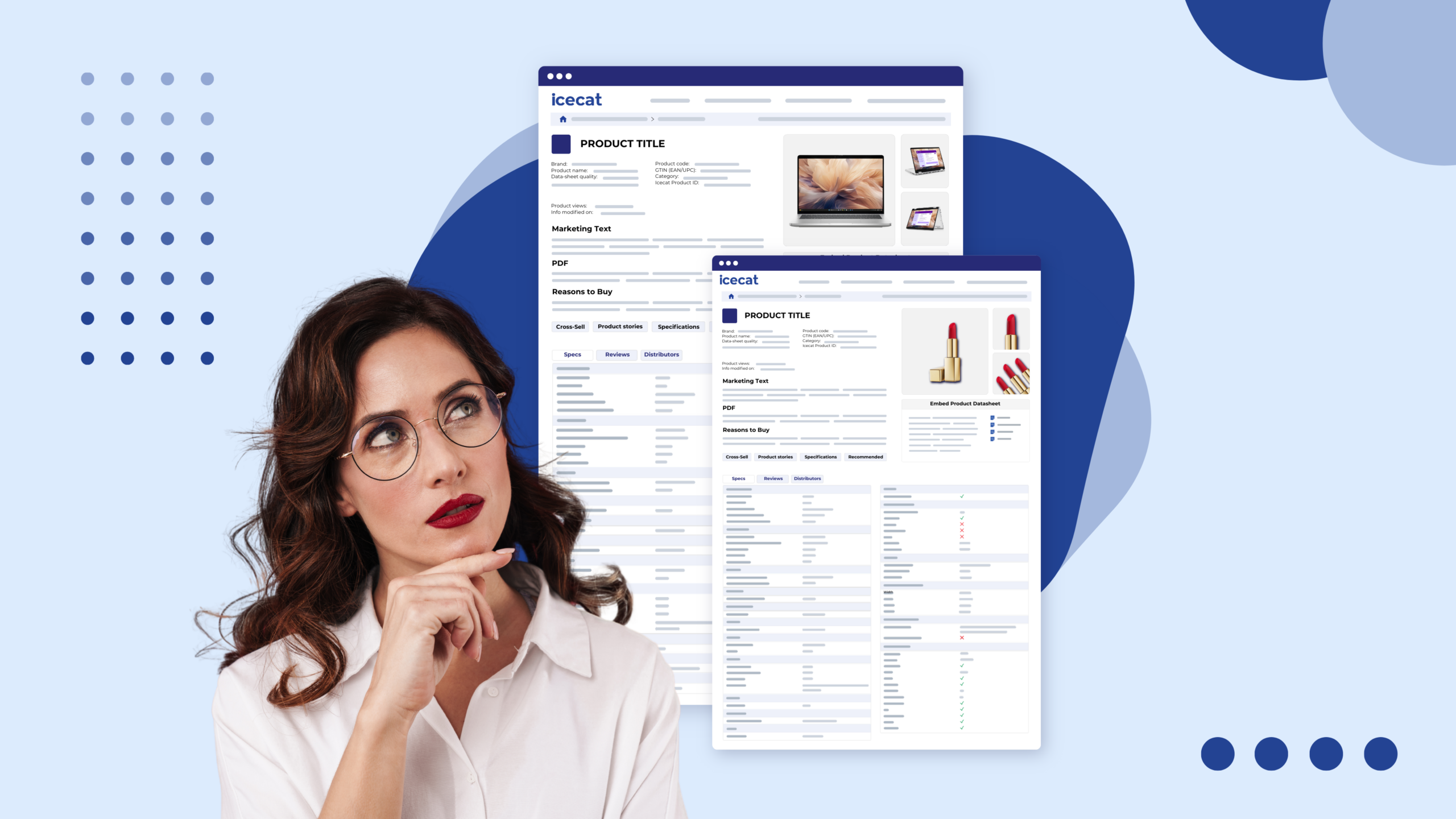When it comes to selling products online, the difference between a browser and a buyer is often the information you provide. Attributes of the product play a vital role in ensuring customers make informed buying decisions. They are more than just technical details; they tell a story, help differentiate your product, and even inspire confidence in your brand.
Attributes of the product can improve your marketing strategy, streamline customer decisions, and drive conversions. But that’s not all—we’ll explore how attributes translate to customer benefits, why they matter, and how to implement them effectively using real-life examples.
What Are Attributes of the Product and Why Do They Matter?
Product attributes are the defining features or characteristics of a product. They can be tangible (such as size, color, and material) or intangible (like brand prestige or sustainability). For example, a laptop’s weight and screen size are tangible attributes, while its user-friendliness is intangible.
Why Are Product Attributes Important?
- Drive Purchase Decisions: Clear descriptions and accurate details help customers compare options and make confident choices.
- Improve Searchability: Product attributes optimize product listings for search engines, helping your brand stand out in crowded marketplaces.
- Build Trust: Comprehensive and transparent attributes show customers that your brand has nothing to hide.
Every purchase decision is rooted in how well a product’s attributes resonate with the consumer’s needs, values, and lifestyle. Attributes give them the “facts,” but it’s the benefits they unlock that seal the deal.
Attributes vs. Benefits
While attributes describe what a product is, benefits communicate why it matters to the customer.
Take the example of a pair of noise-canceling headphones:
- Attributes include “active noise cancellation,” “USB Type C charger,” and “on head detection.”

- Benefits describe how these features improve the customer’s experience, such as “designed for an uncompromising fit with unequaled comfort that creates the optimal acoustic seal for many different head shapes – fully immersing you in every sound.”

Attributes are concrete details; benefits are the emotional and functional advantages they bring to the customer’s life. Learning to strike the right balance between the two is the key to creating impactful product messaging.
5 Key Benefits of Showcasing Product Attributes
Before we break down how to use attributes effectively, let’s explore the key advantages they bring to your business strategy.
1. Enhanced Customer Experience: Tangible details provide customers with clarity, making their shopping experience simple and enjoyable.
2. Improved Product Discoverability: Accurate keywords in attributes improve SEO rankings and searchability on e-commerce platforms, as well as in search engines.
3. Higher Conversion Rates: Combining attributes and benefits builds persuasive product descriptions, converting interest into purchases.
4. Trust and Transparency: Clear communication of attributes fosters trust among customers, especially when buying high-value or tech-heavy products.
5. Differentiation From Competitors: Stand out by promoting attributes that highlight your product’s uniqueness and superiority.
How to Identify and Communicate Product Attributes Effectively
1. Start With Your Product’s Core Attributes
Begin by listing every essential characteristic of the product. Divide these into tangible (size, material) and intangible (durability, ethical sourcing) categories.
Example: Apple earbuds showcase tangible attributes like “Active Noise Cancelling” and “Built-in Microphone,” alongside intangible ones like “premium sound quality” and “ease of connectivity.” Together, these attributes give consumers a complete understanding of the product’s value.
2. Understand Your Target Audience
Product attributes only matter if they appeal to your audience’s needs and values. Research what matters most to them through surveys, focus groups, and social listening.
Example: Josie Maran highlights natural ingredients (attribute) to attract environmentally conscious customers because it conveys sustainability (benefit).

3. Turn Attributes Into Benefits
Once you’ve identified core attributes, translate them into “customer benefits” that address a pain point or desire.
Example: The Dyson Gen5detect™ vacuum highlights its “up to 70 minutes of powerful run time” (attribute) to showcase cleaning freedom and efficiency (benefit)

4. Use Attributes to Build Trust
Shoppers are eager to know what’s in or behind your product. Highlight trusted certifications, third-party verifications, or compliance details to reassure them of product quality.
By adding these as structured product attributes on your product detail pages, you not only make information more transparent but also give your customers confidence in what they’re buying.
Let’s take a look at a great example:

The example includes the following certifications and labels:
- Energy Star Certified: Recognized for energy efficiency, helping customers choose eco-friendly electronics.
- RoHS Compliant: Indicates restriction of hazardous substances, which speaks to product safety and sustainability.
- TCO Certified: A third-party sustainability certification for IT products, covering social and environmental responsibility.
- EPEAT Gold: One of the highest ratings for environmental performance in electronics.
- Intel Core i5: A trusted processor label that signals performance and reliability.
Each of these attributes adds layered credibility to the product. They’re not just specs—they’re signals. They communicate quality, environmental awareness, and technical capability, all at a glance.
When brands make this information visible and easy to understand, they remove friction from the buying process and establish immediate trust with shoppers.
Icecat’s catalog includes many of these certifications, labels, and compliance details directly within product data sheets. In fact, we support over 100 types of such attributes, making it easy for e-commerce businesses to display trustworthy info and boost buyer confidence.
5. Use Attributes to Boost Searchability & Product Visibility
Attributes should be front and center in your e-commerce experience—not buried in long descriptions or technical specs. Make them clear, scannable, and actionable using labels, badges, or structured sections in your product pages.
A great example is AO.com, which highlights key attributes like price, model, color, and energy efficiency in their product filters and comparison tools. This allows users to easily search, filter, and find the best match, making the path to purchase smoother and faster.

Move From Attributes to Outcomes
Looking to get started? Check out Icecat’s solutions and create more engaging, trust-worthy product listings that move the needle beyond your online store.
For brands, Icecat ensures your product information is standardized, complete, and accurate. By centralizing all crucial attributes in Icecat’s content catalog, you simplify distribution across online retailers. Say goodbye to bulky spreadsheets and outdated specs, and hello to reliable, ready-to-publish data.
For content users, Icecat’s catalog offers access to millions of detailed product data sheets. Beyond basic specs, you’ll find essential elements like product titles, images, videos, and rich content. With data from over 40,000 brands, you’ll likely find the products you sell supported with complete, impactful information.
Whether your goal is to increase visibility, streamline customer decision-making, or improve conversions, Icecat delivers the tools and data you need to achieve measurable results.
My is a Digital Marketer who aligns product strategies with customer needs, driving impactful campaigns and business growth.



